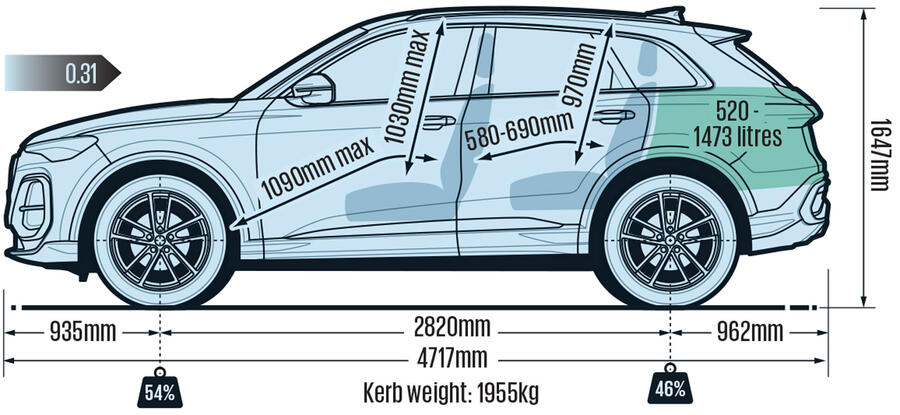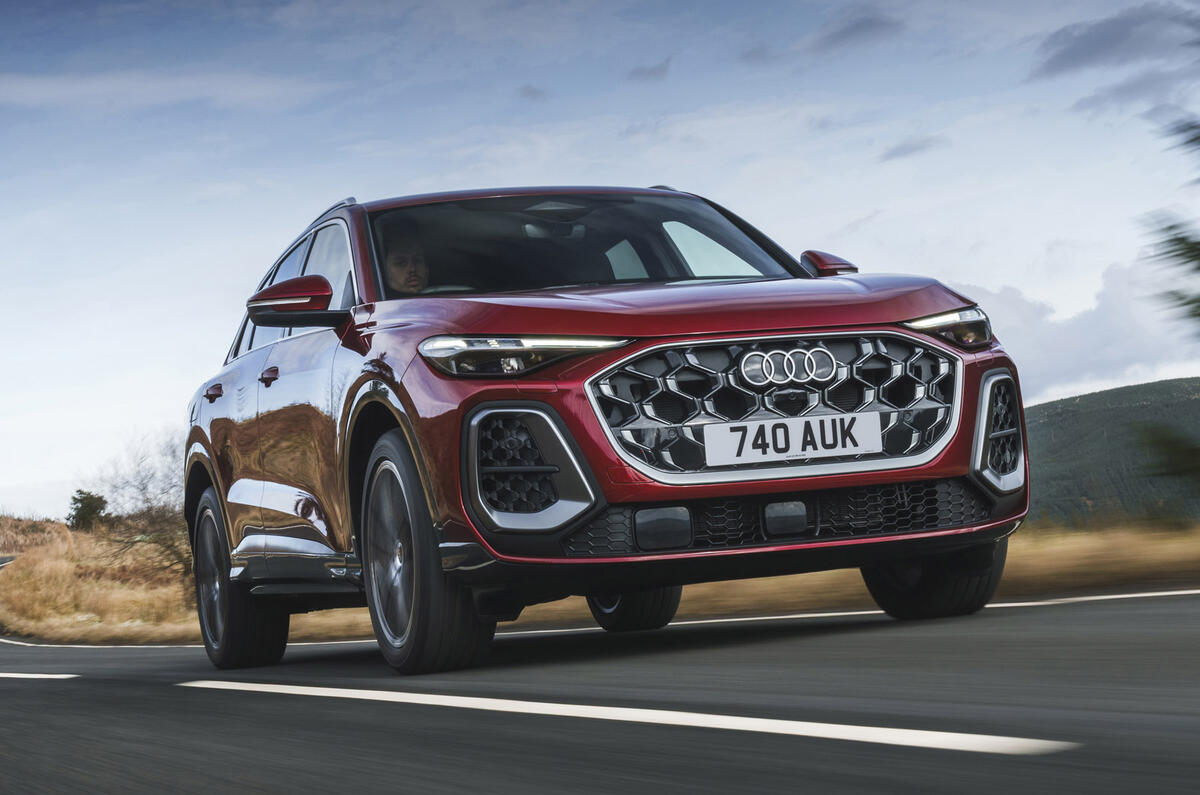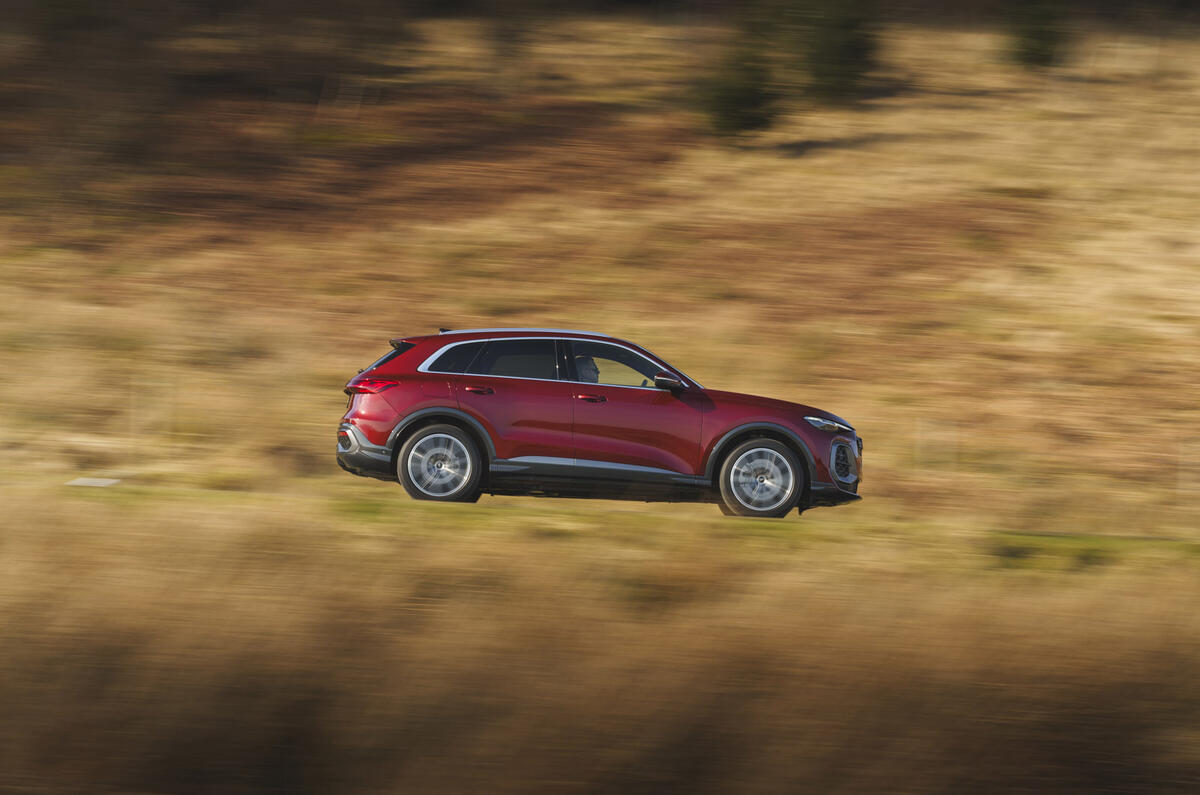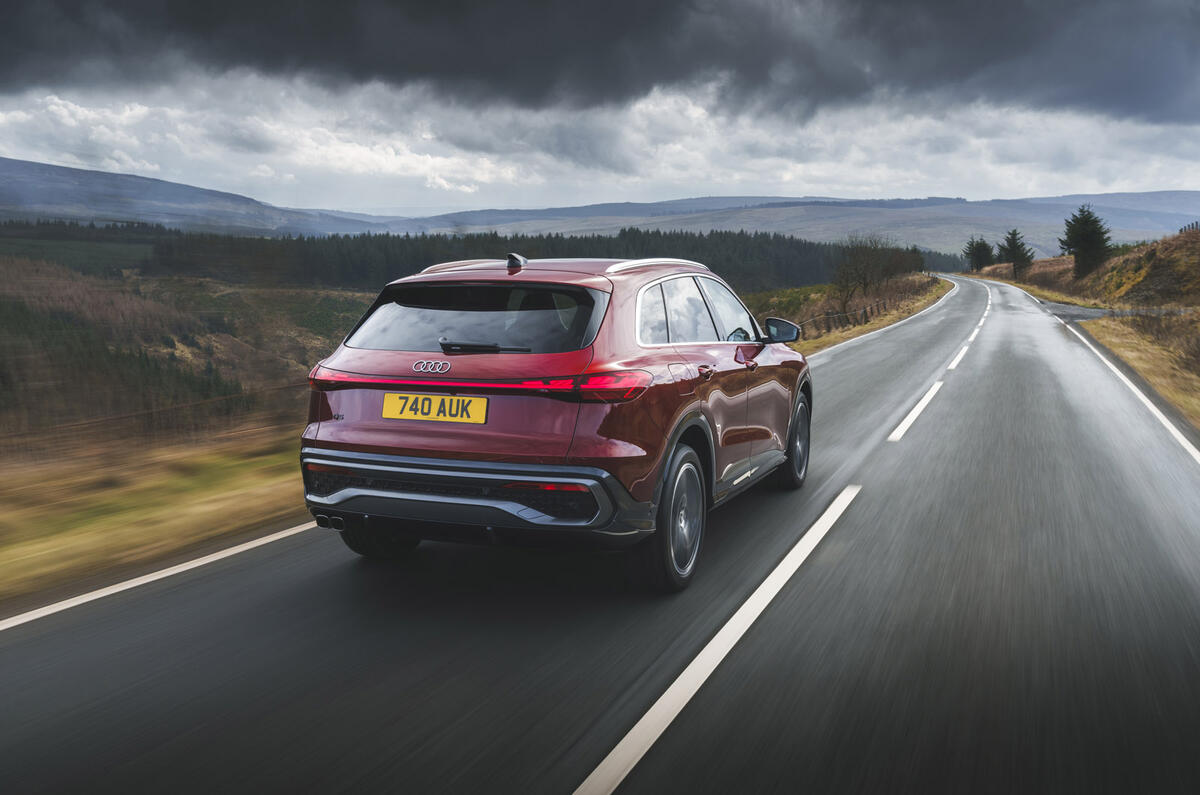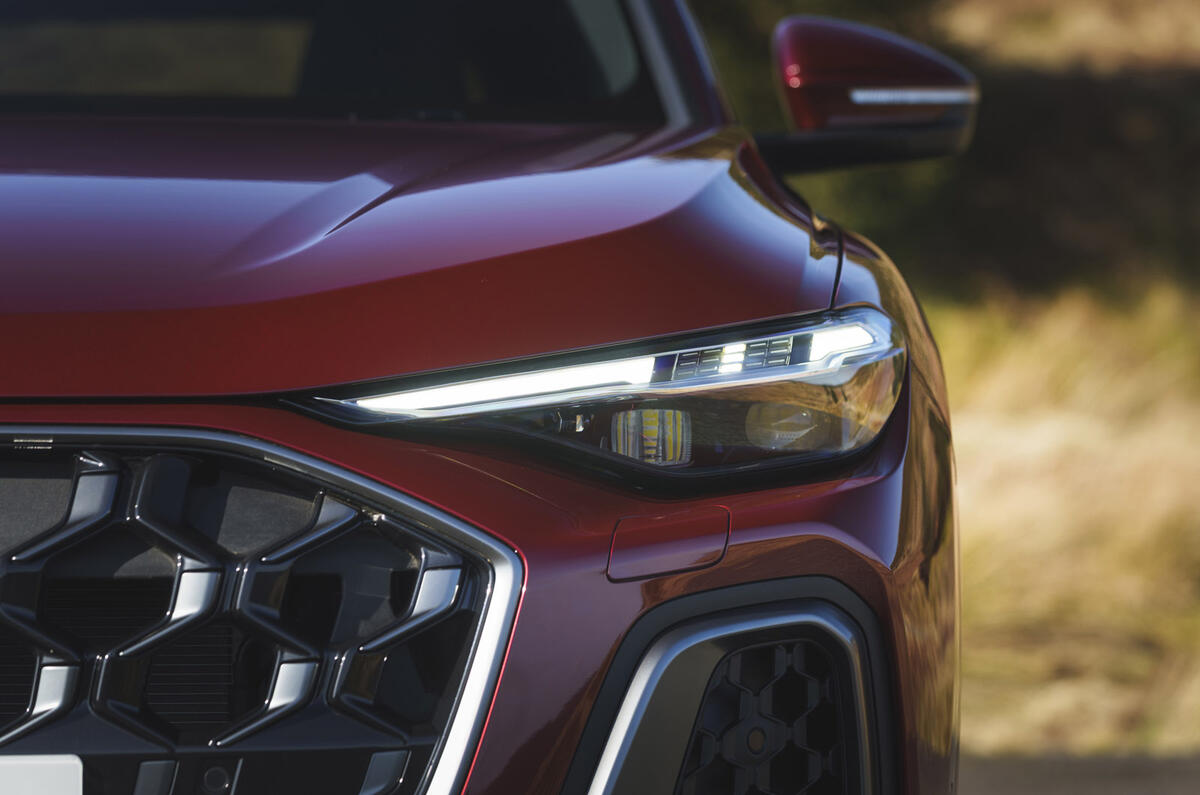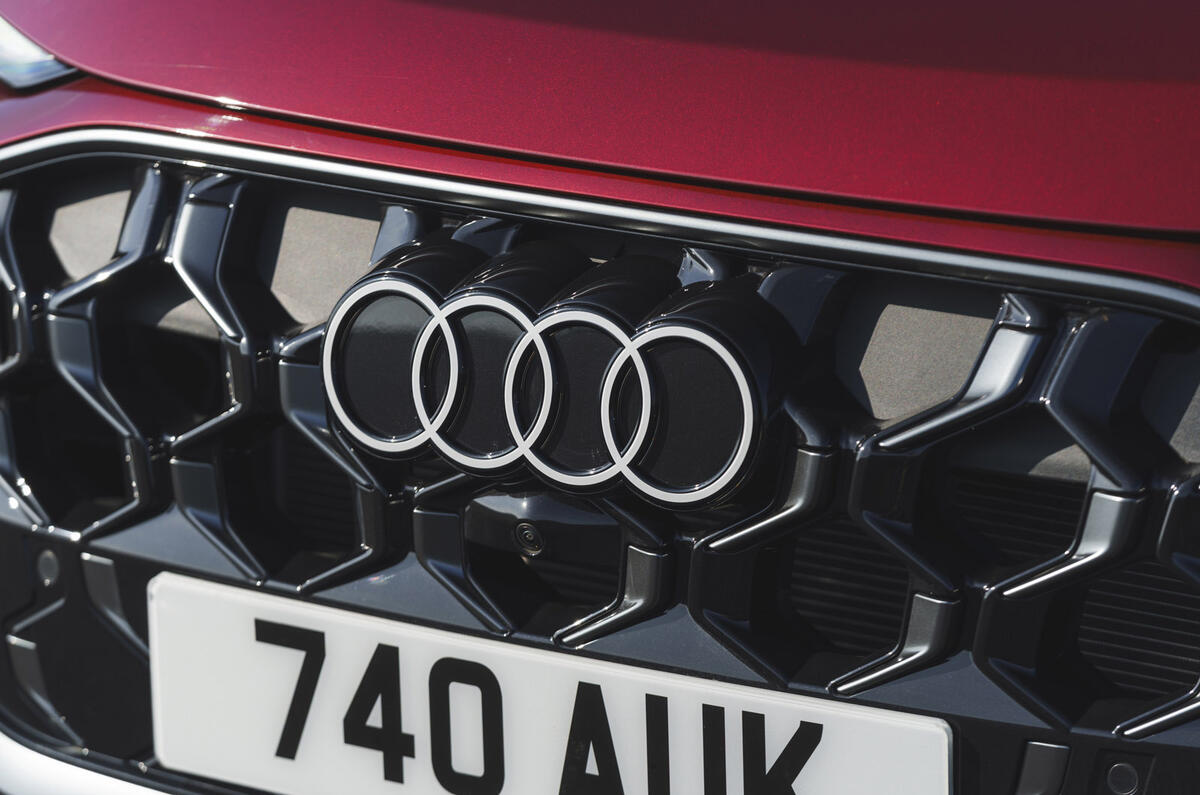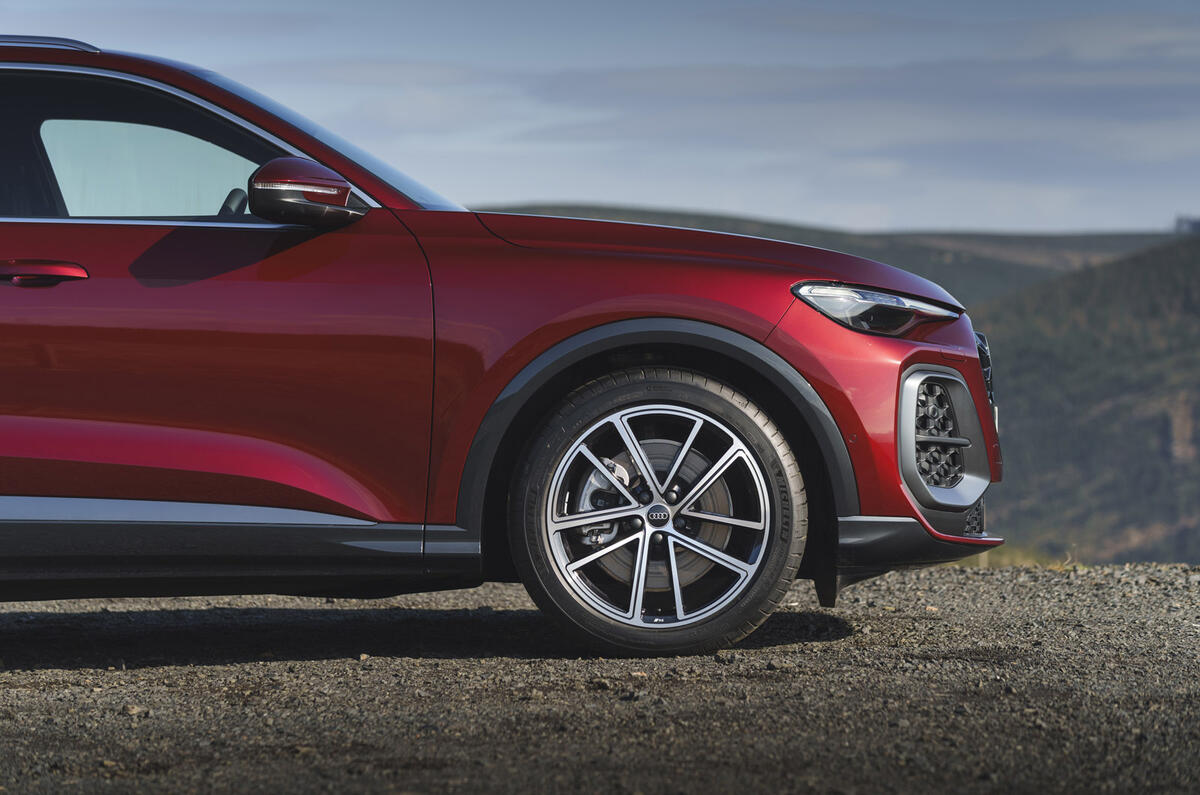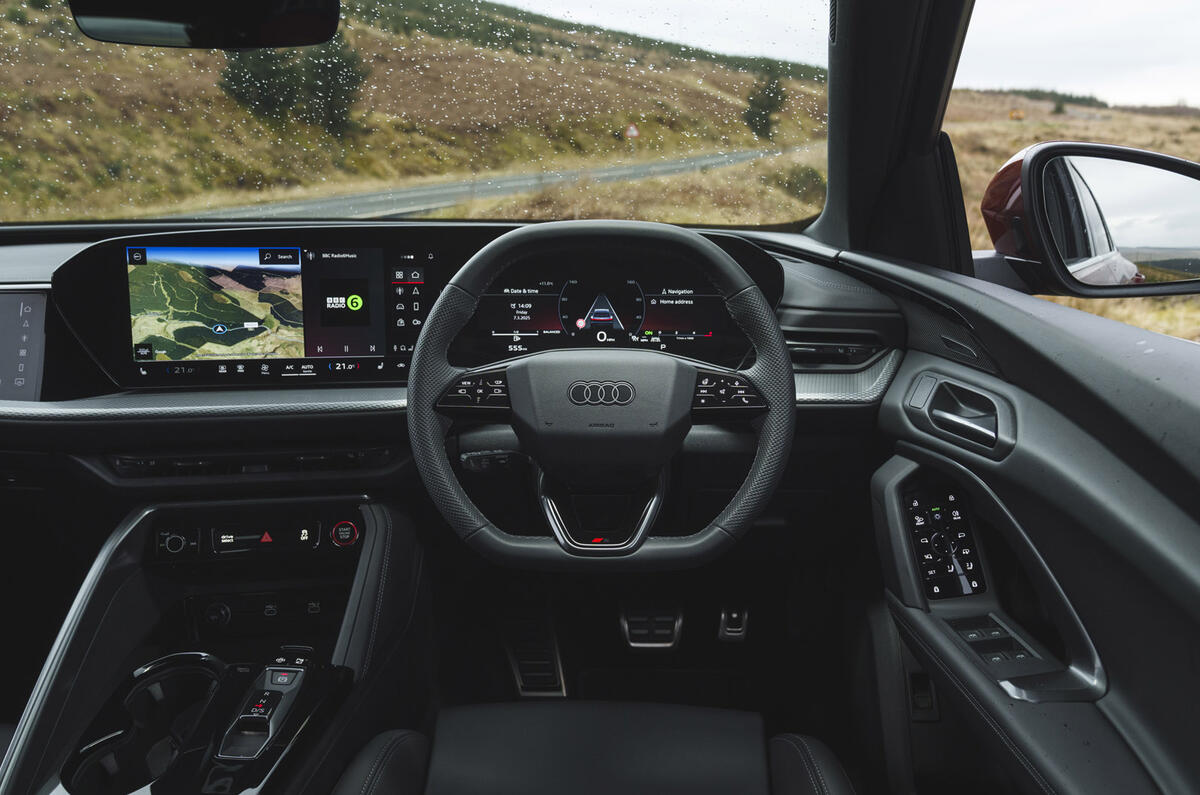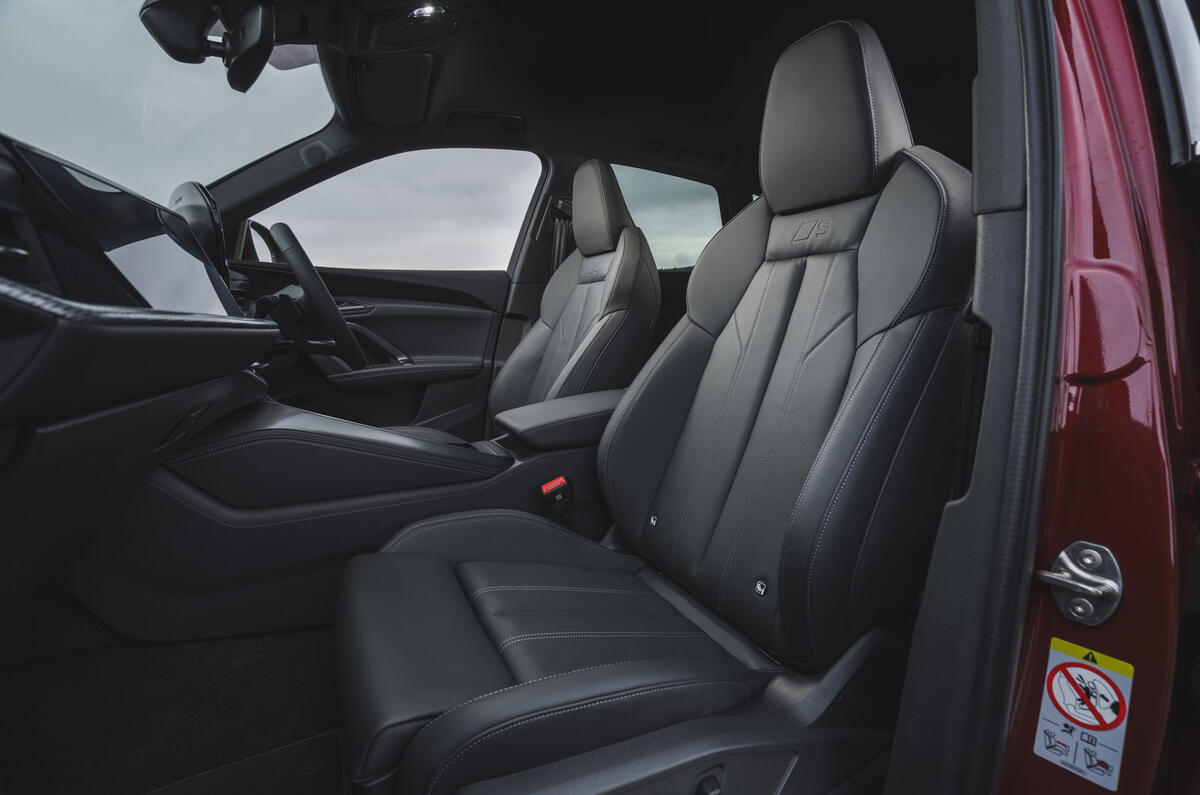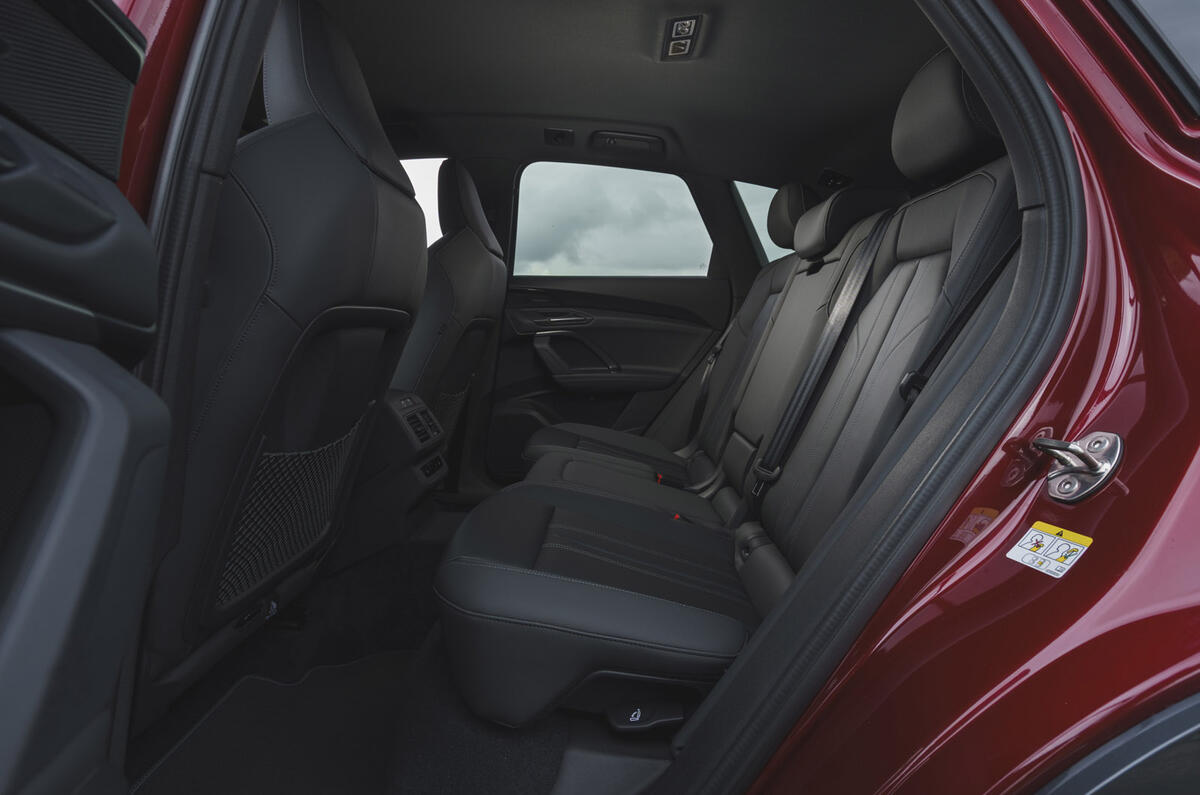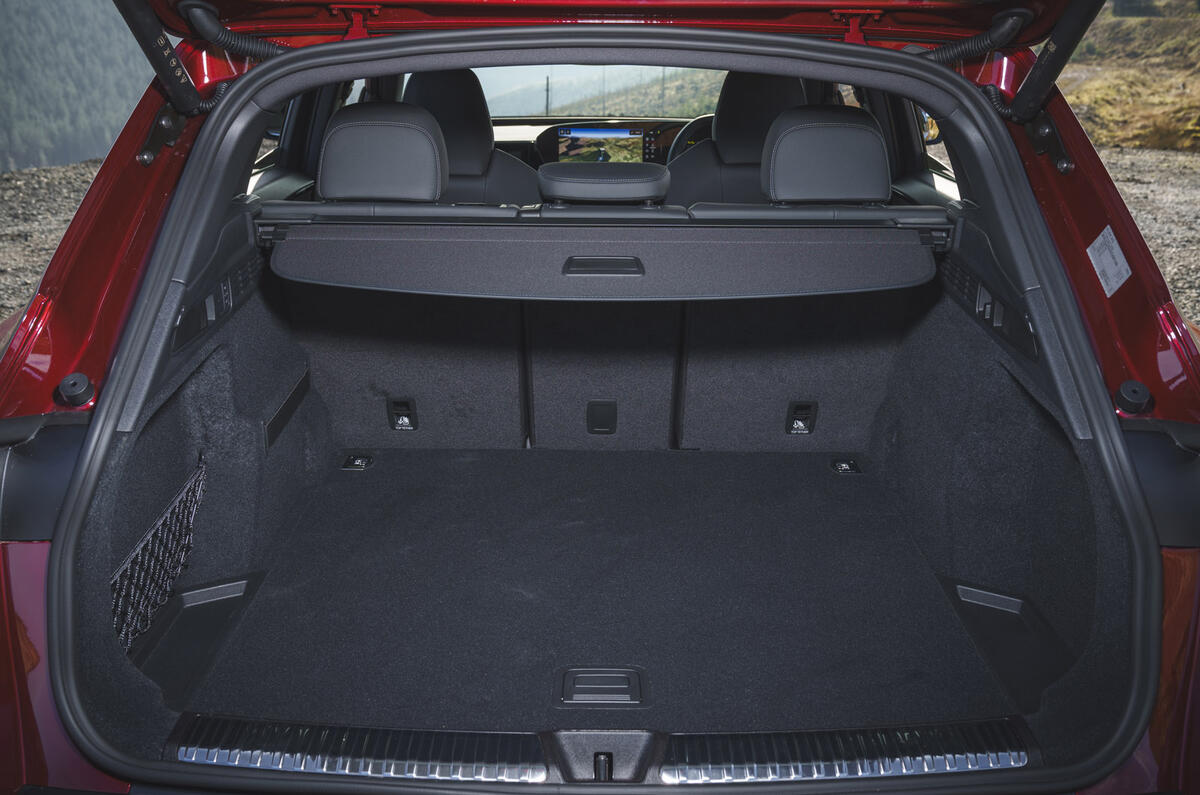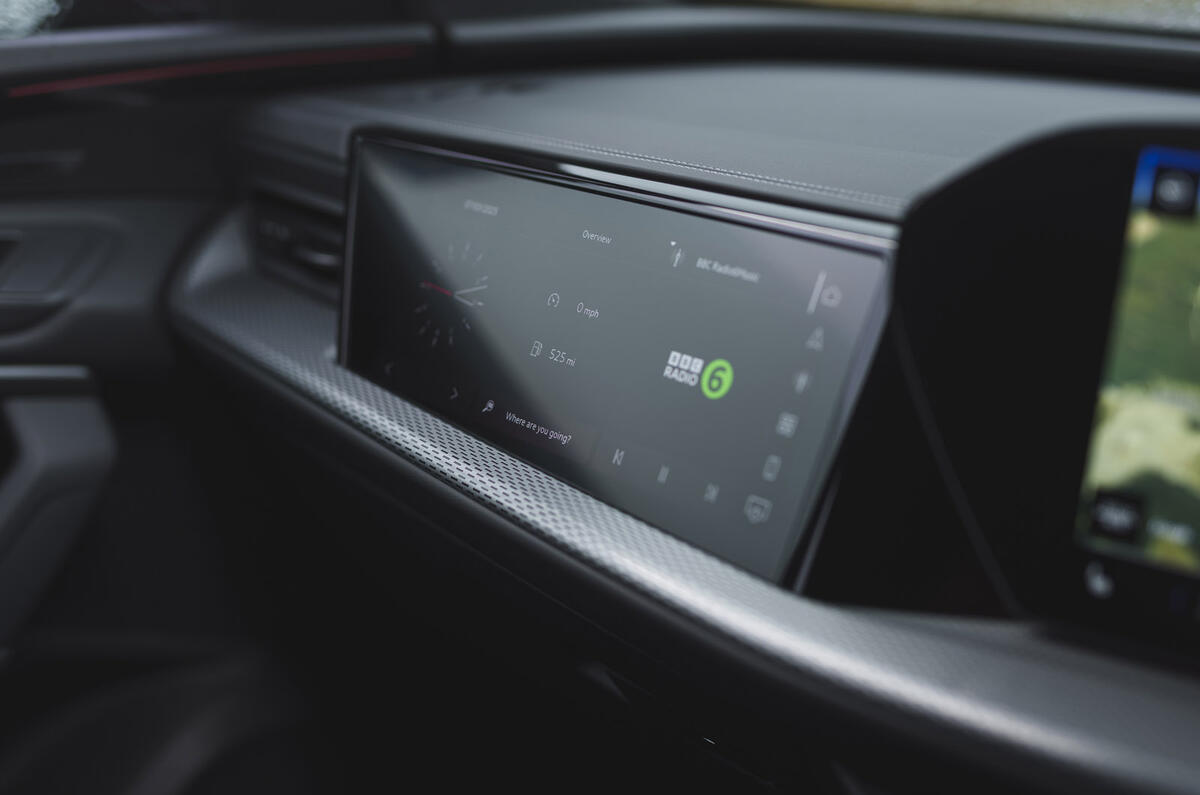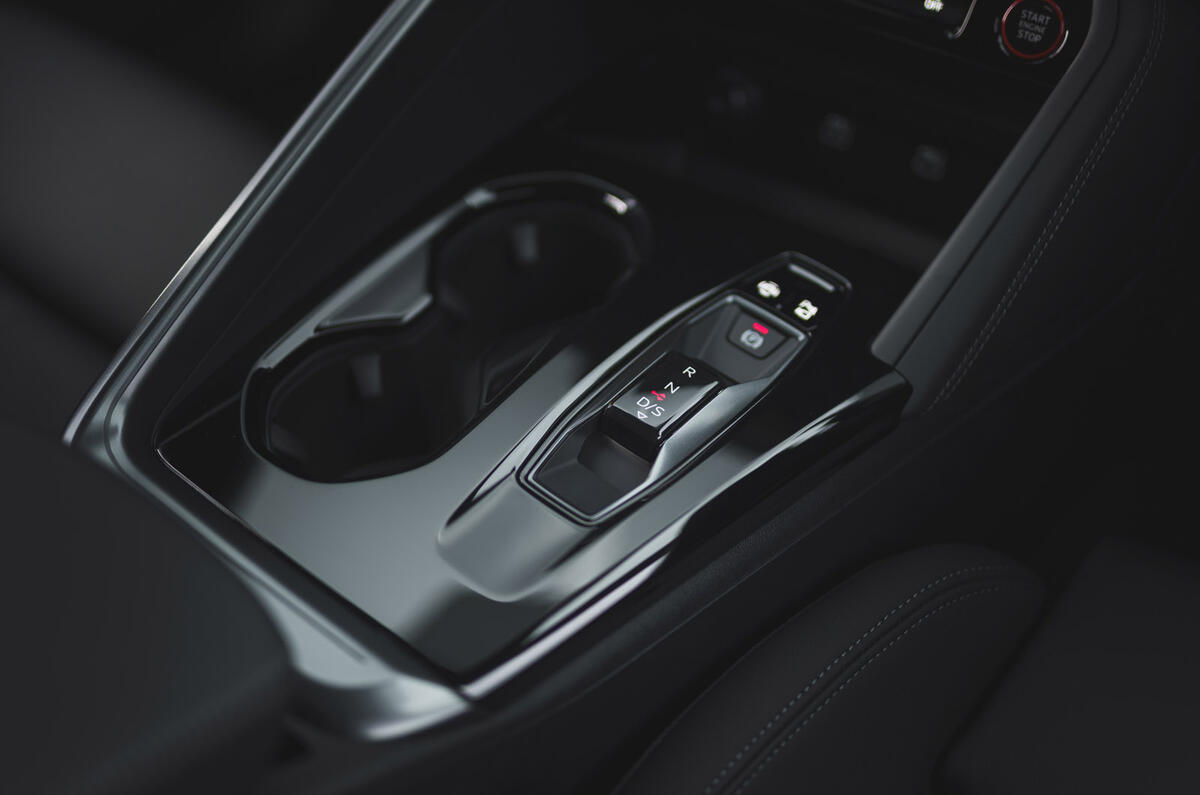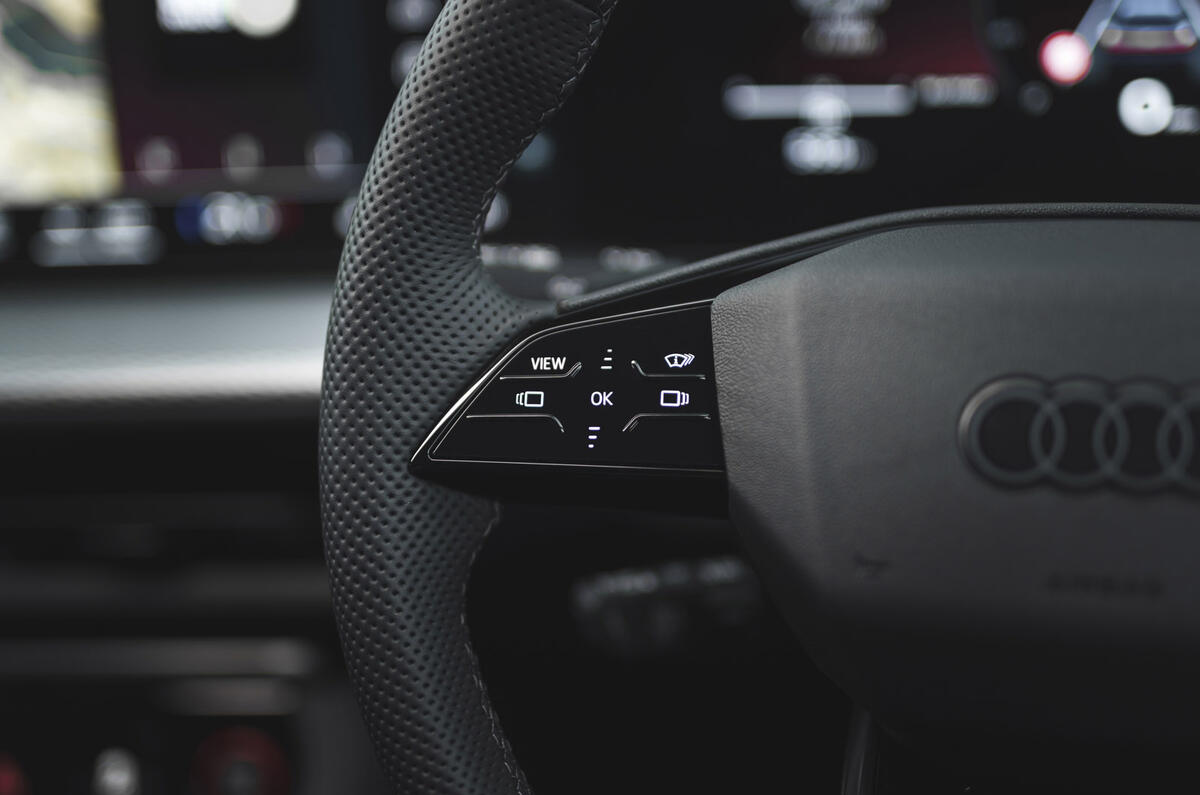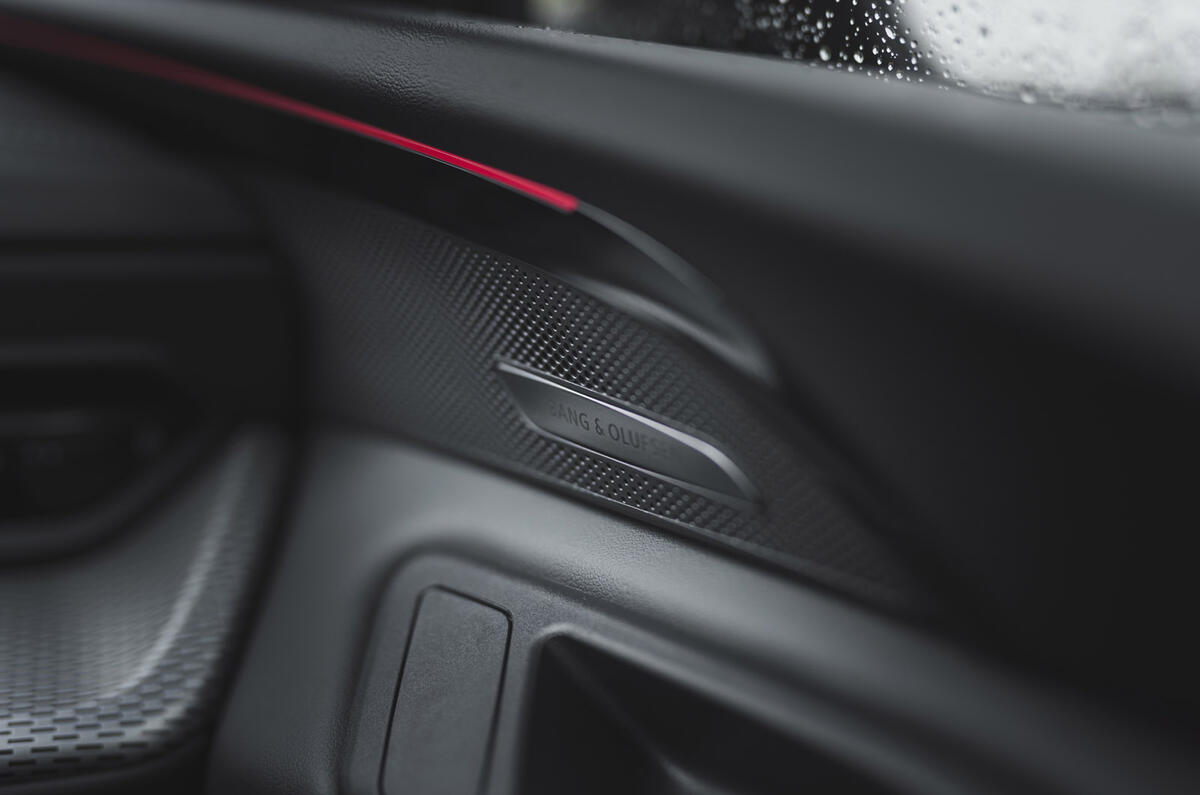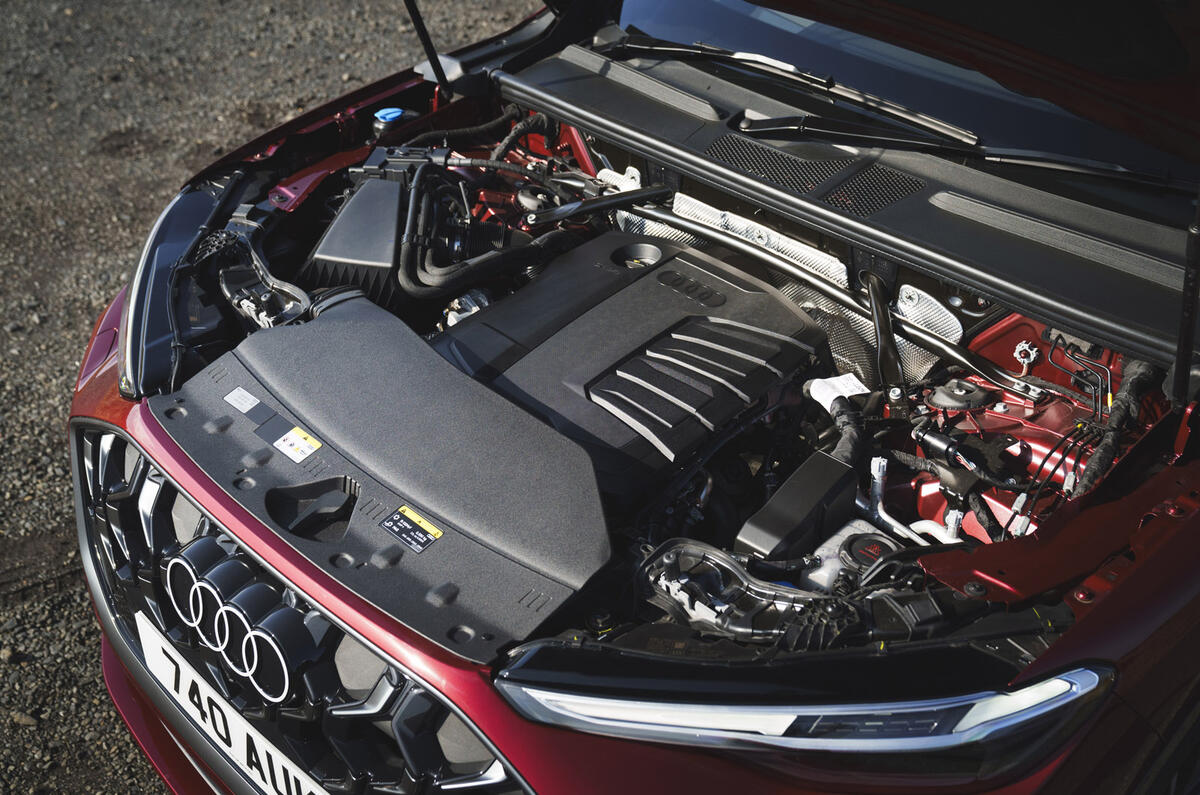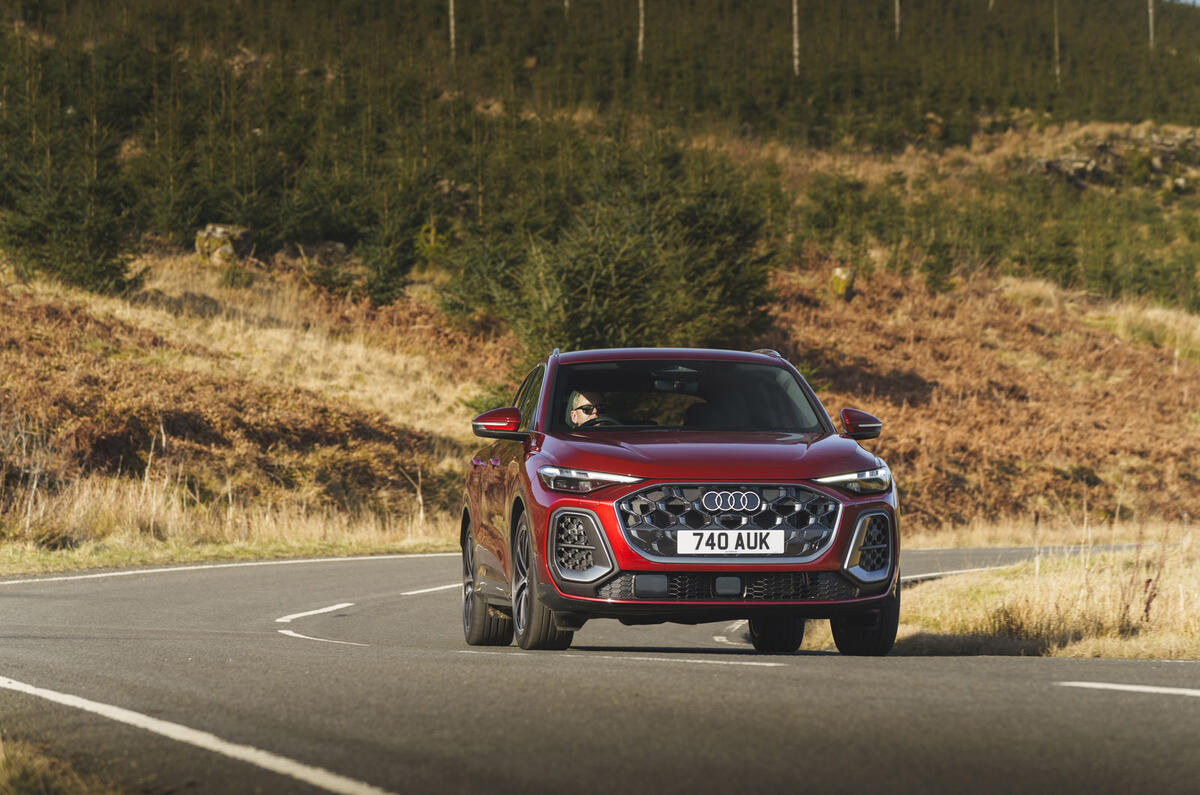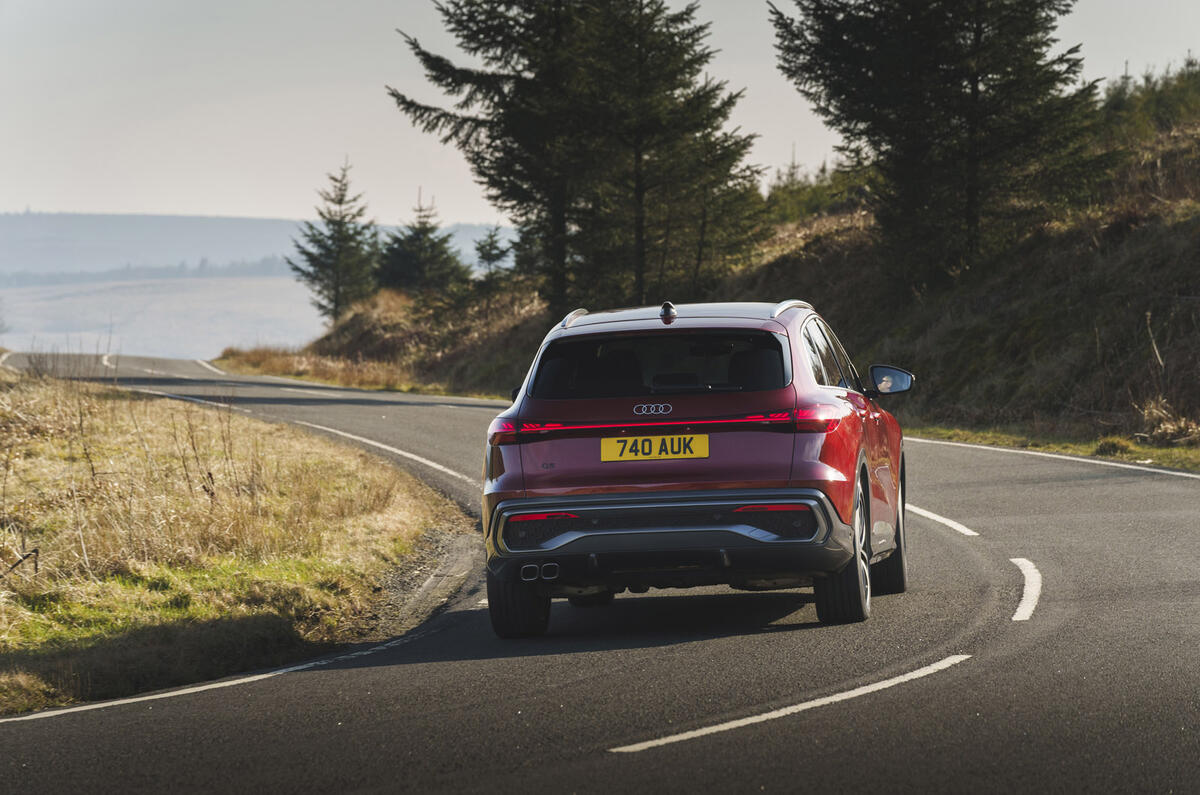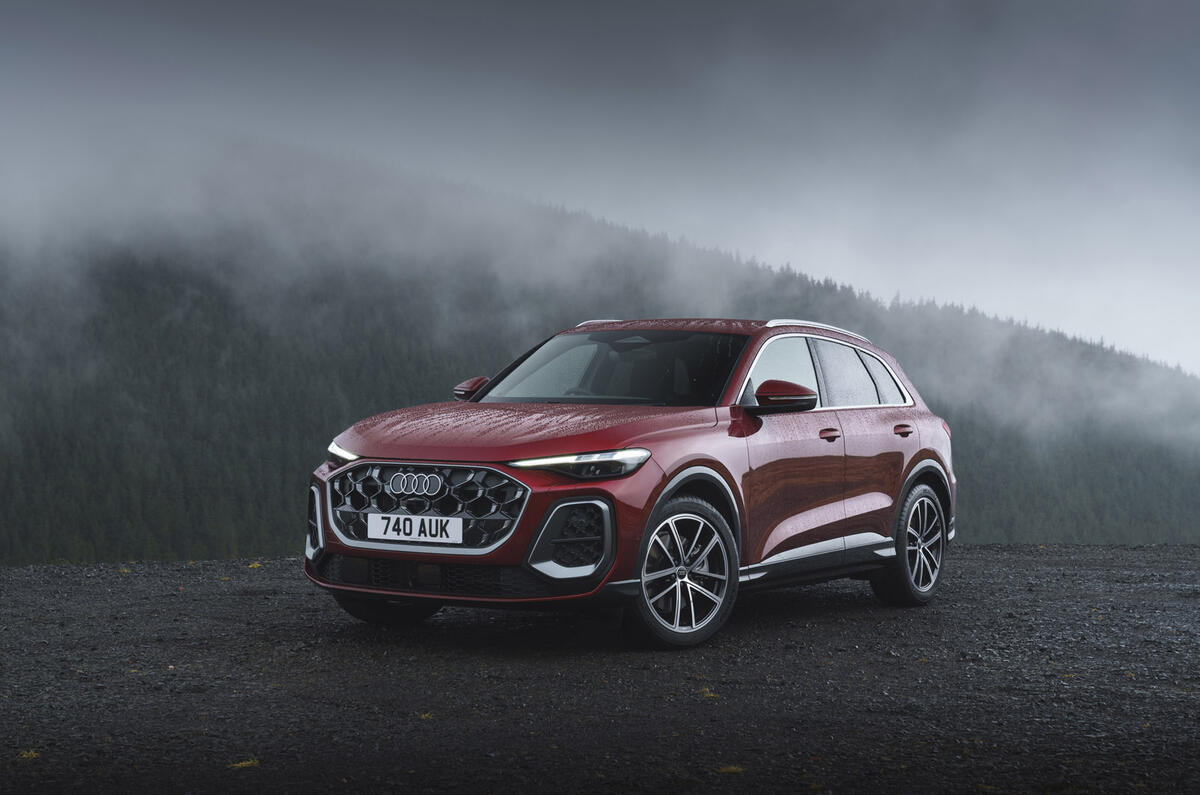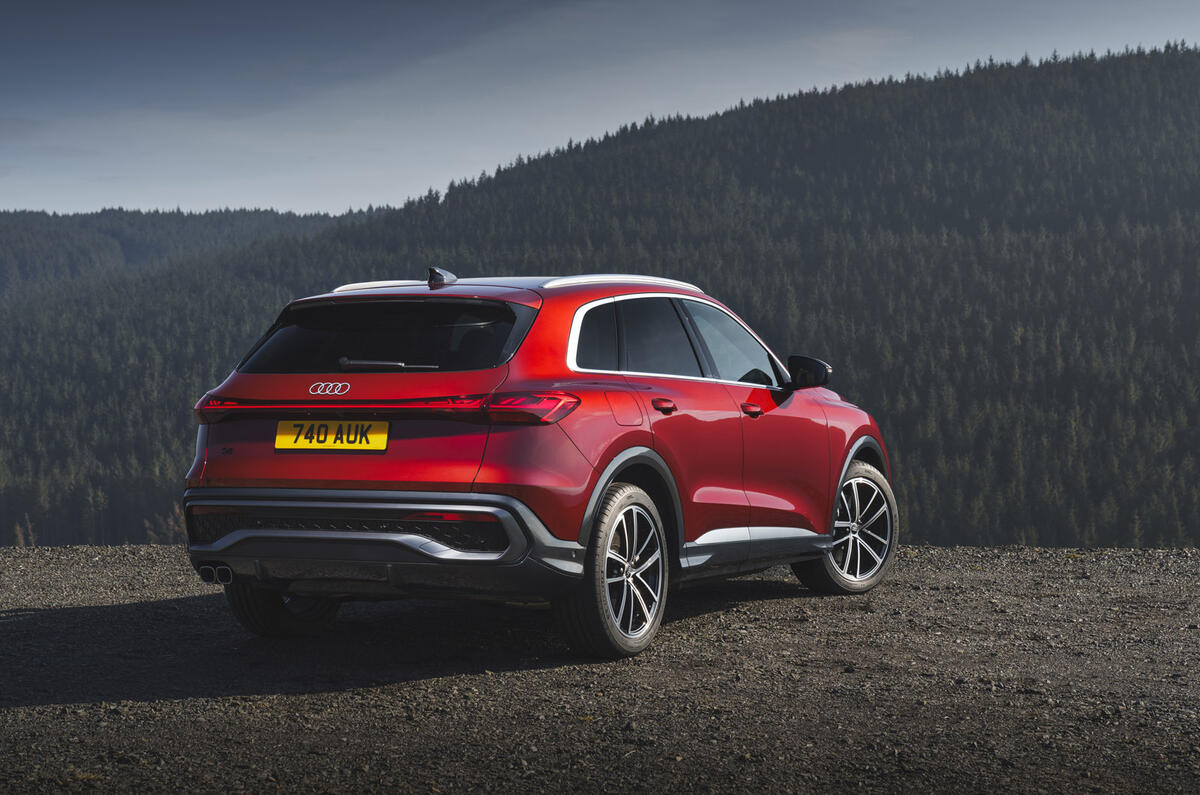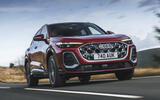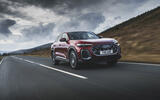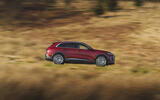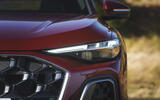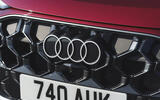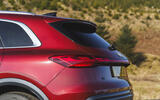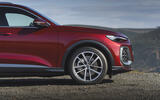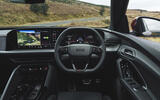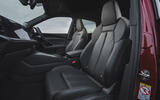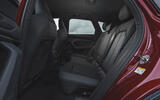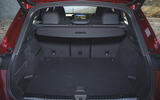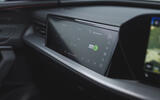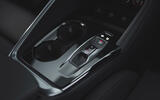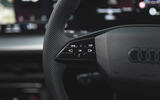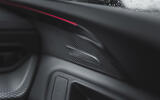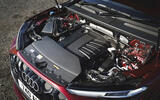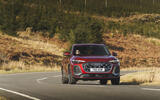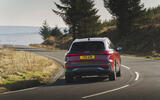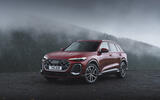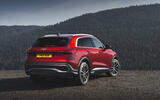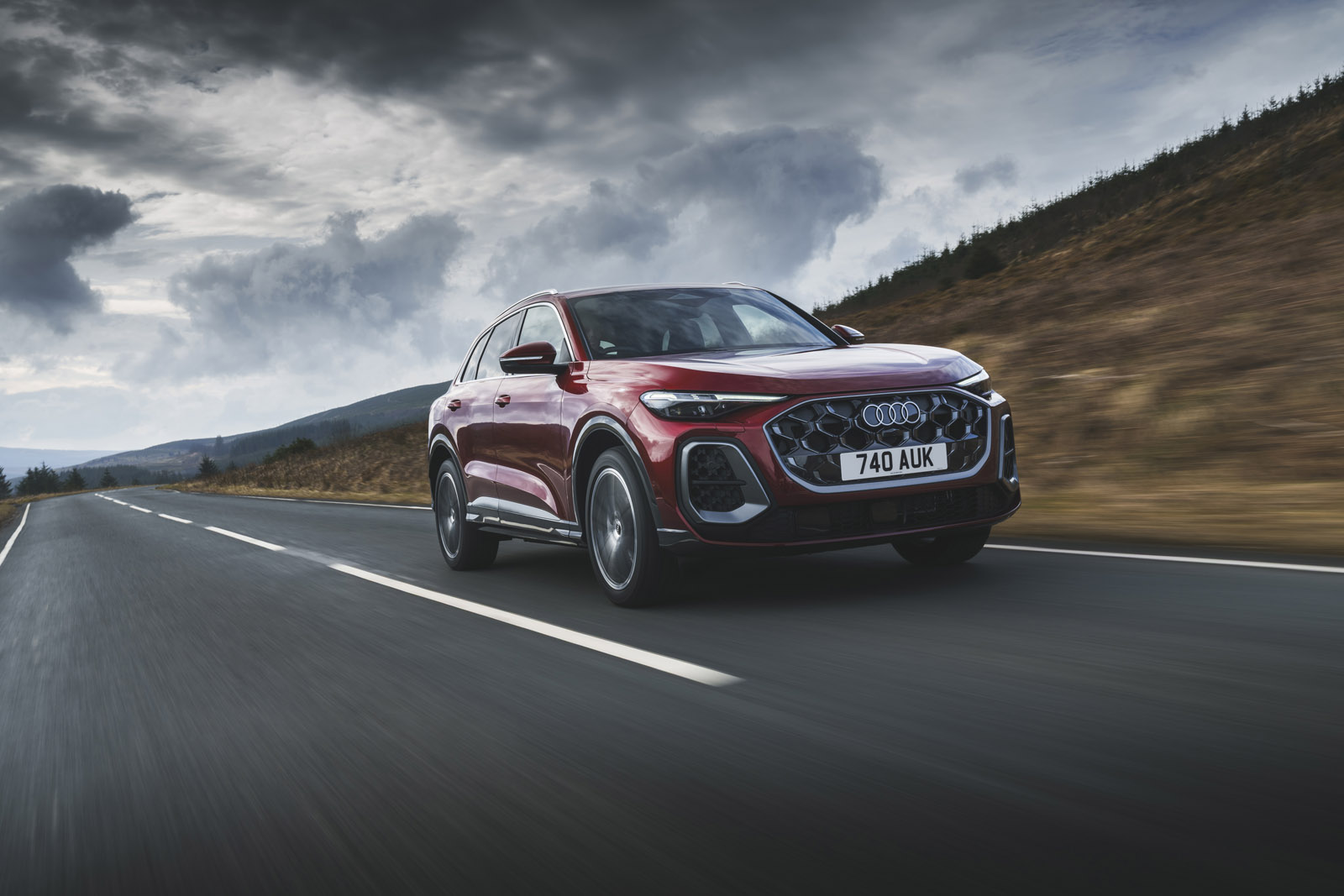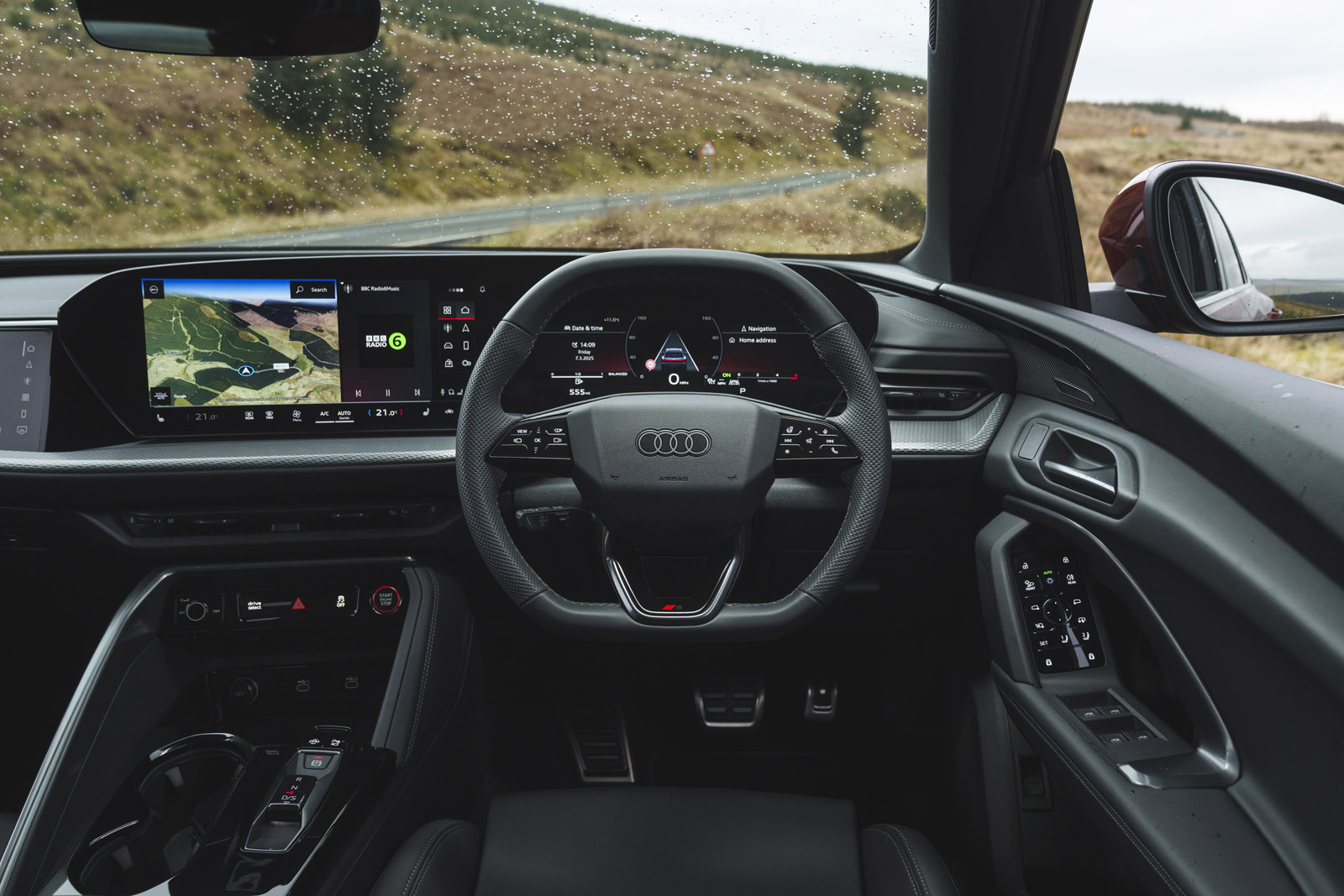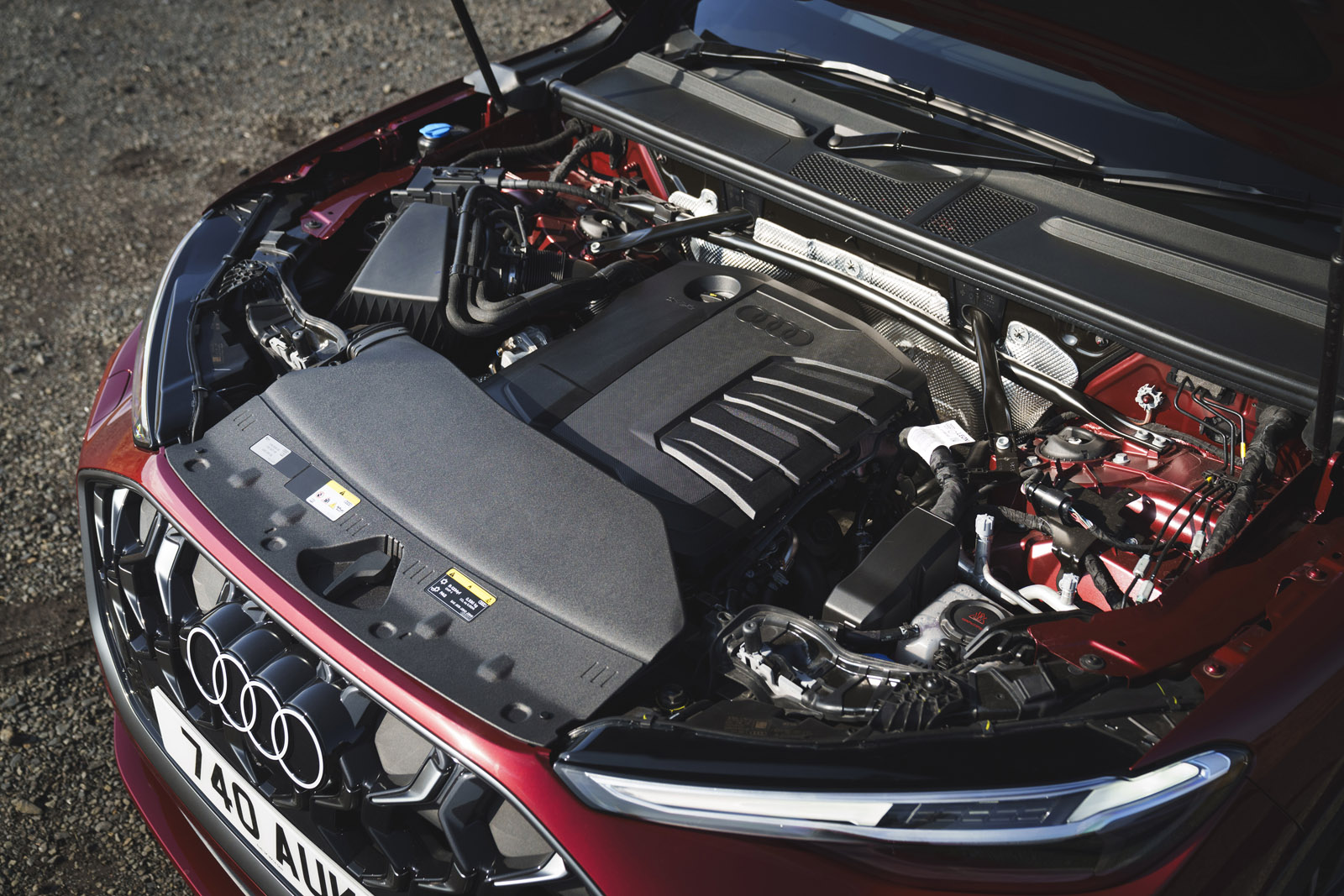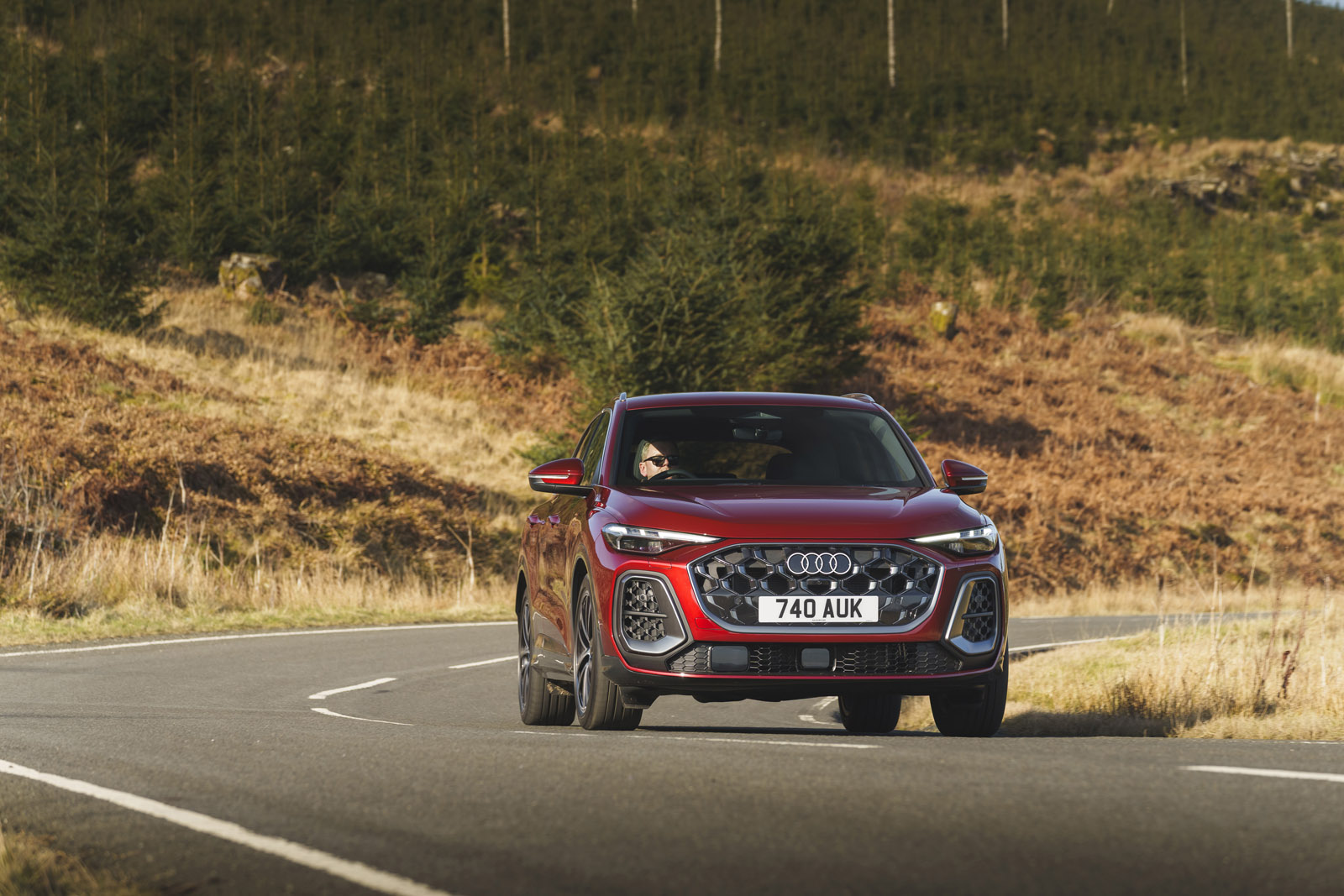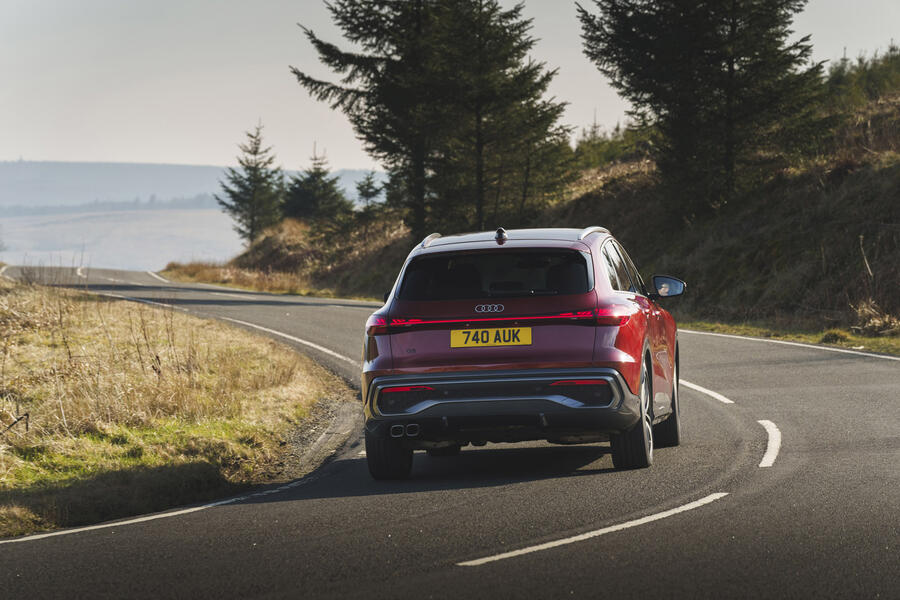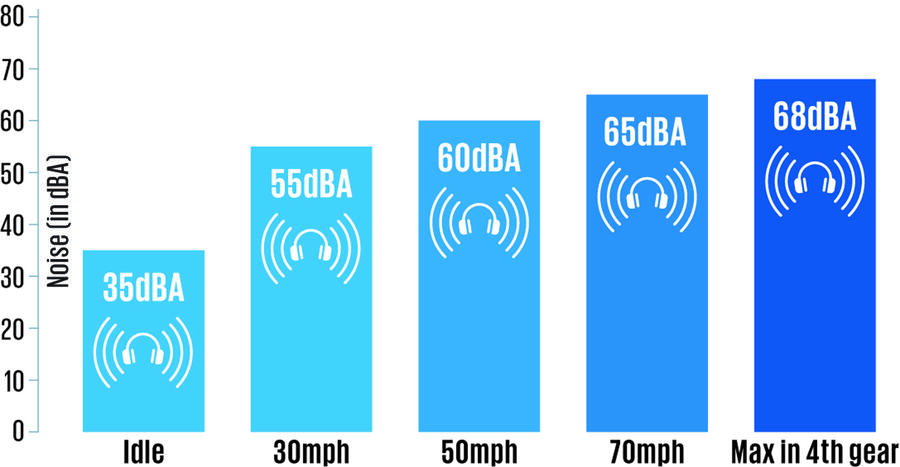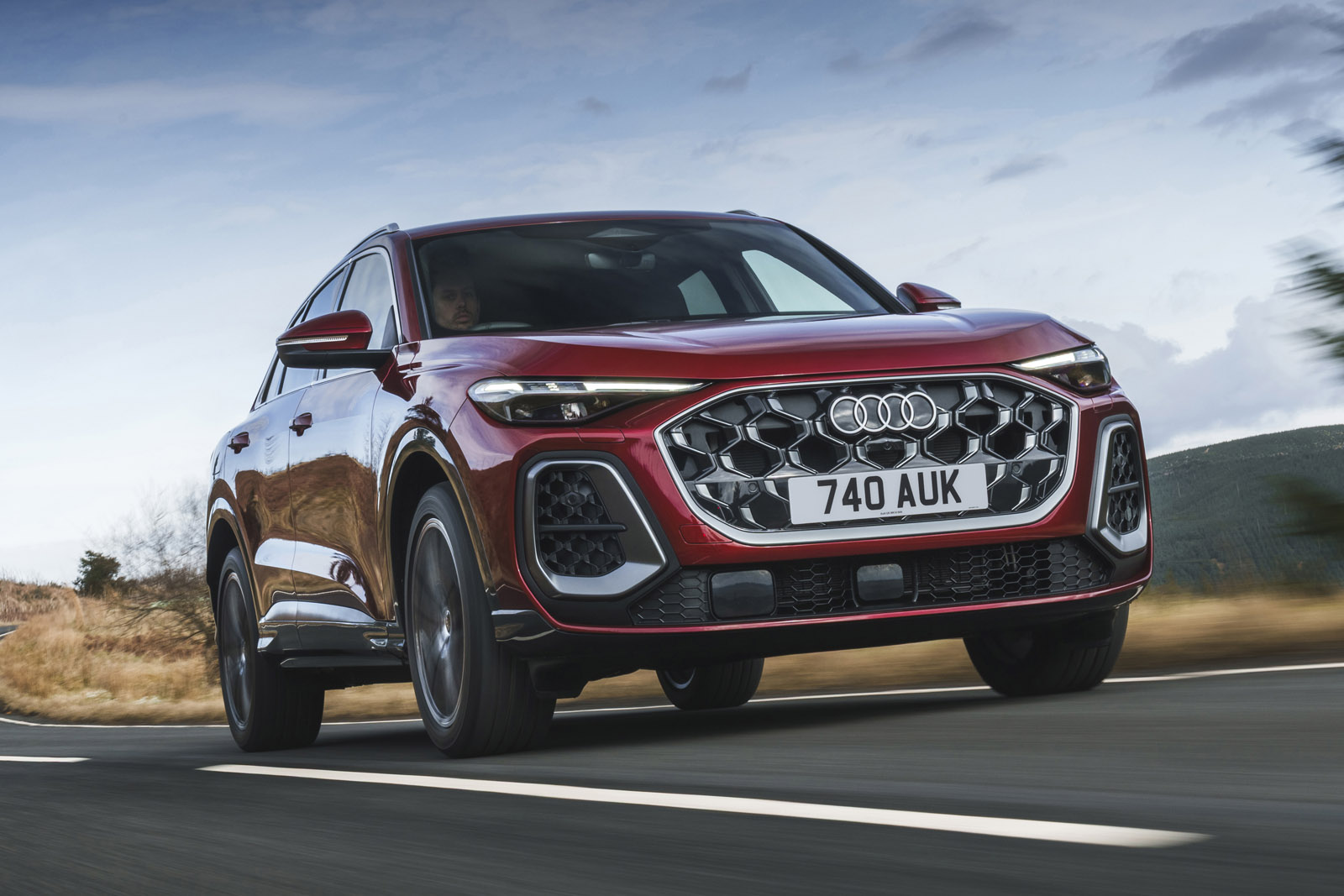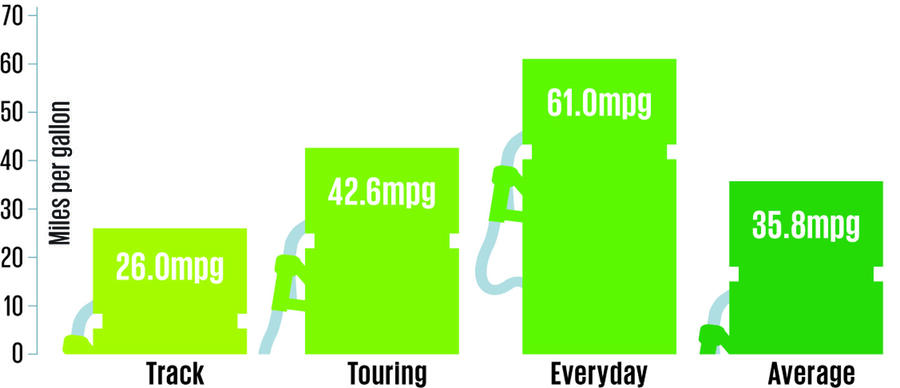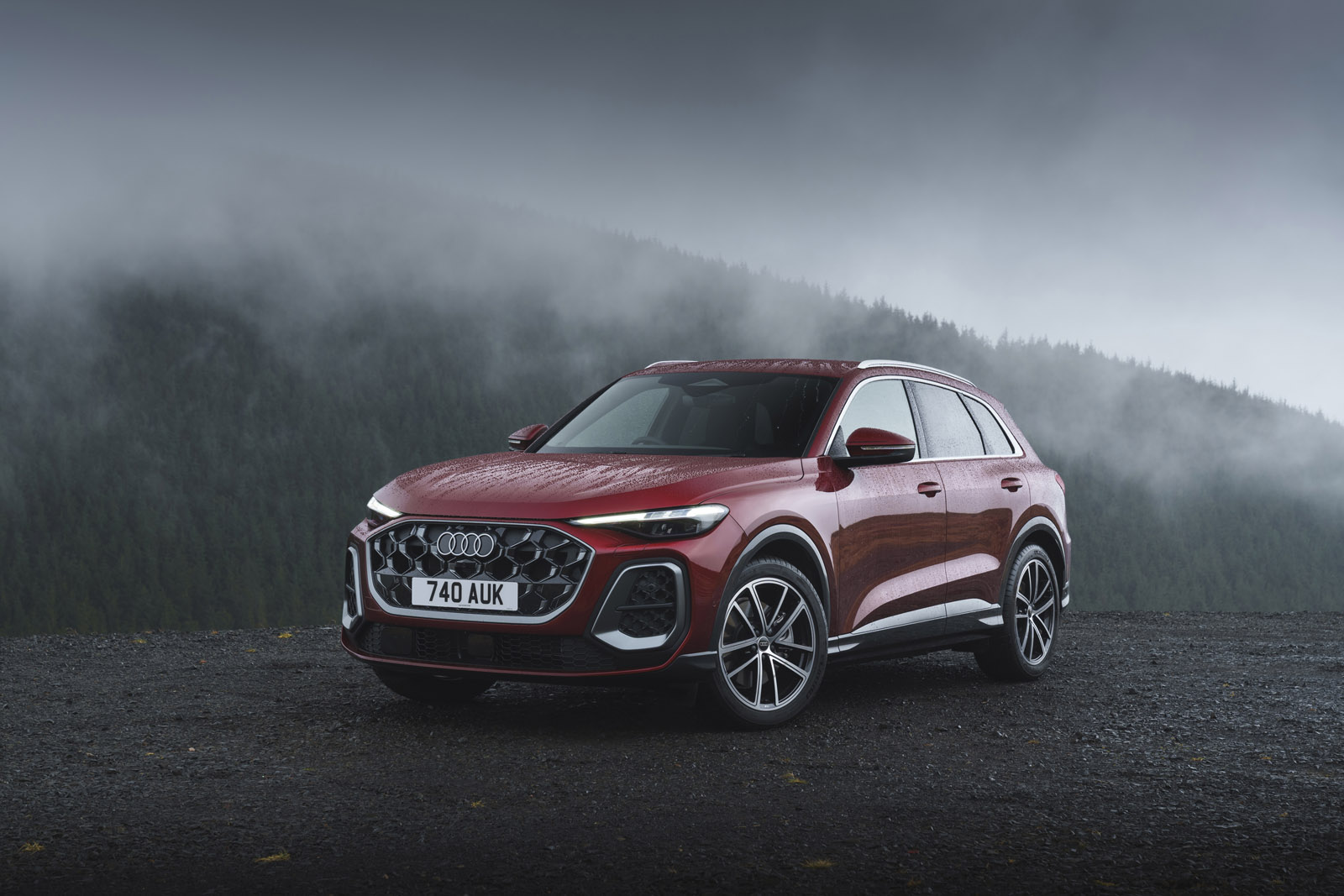If you’ve read our recent road tests of the Q6 E-tron, S5 or S6 E-tron, you’ll know that Audi appears intent on sharing as many interior parts as possible across its latest models. While it might argue this ensures coherence across models, it whiffs slightly of penny-pinching.
Certainly, the new Q5’s interior design takes a 90deg left turn from its predecessor. Gone are the brushed aluminium surfaces and tactile buttons, to be replaced with a pair of screens and rather too much scratch- and fingerprint-prone gloss black plastic. It feels like a step up from the A5 thanks to a few more appealing materials, but a step down in quality from the old Q5.
Rivals like the X3, GLC and Velar have had similar downgrades in recent years, so the Q5 doesn’t fall short of the current class standard. Even so, more traditional buyers who feel left behind by this generation of premium SUVs will feel more at home in the Mazda CX-60, which blows the ‘premium’ brands out of the water for tactility and material appeal. The Lexus NX is a good alternative too.

Compared with the X3 and the Velar, the Q5 also scores with its ease of use. Most controls may be via the touchscreen, but you can adjust the temperature, switch on the heated seats or change the drive mode with just one press.
Audi’s latest, Android-based MMI infotainment system is slick and easy to use. The home screen contains tiles for the navigation, the media and a bank of shortcuts. The interface is generally logical and quick to respond.
The passenger screen, which features on Edition 1 cars, can control the navigation and media, as well as third-party apps like YouTube. Q5s without it get a big slab of gloss black plastic instead.
The seats can give you a relatively saloon-like driving position or a taller one, as you wish, and are widely adjustable and supportive, making the Q5 a very agreeable long-distance companion.
In the rear, meanwhile, leg room is on the stingier end of the class. An adult can sit behind another but can’t stretch out particularly. The rear bench slides and reclines in a 60/40 split, and there are two USB ports, climate vents and – on some trims – heated seats.
At 520 litres, the boot is bigger than the CX-60’s but smaller than in the X3 and GLC. There is a decent-size compartment under the floor that will swallow the luggage cover if needed. If you’ve specced the air suspension, there’s also a button that lets the car sit down on its springs for easier loading.
